The ultimate point and shoot travel-party camera?
When any conversation about photography enters into the realm of half frame photography, immediately someone will mention the Olympus PEN F. Quite rightly too, what a marvel of engineering. A true Icon of the photographic world. The conversation that follows will inevitably throw up other Olympus PEN model cameras, people will wax lyrical about the D, the S and the EE and EE2.
There is a plethora of PEN models out there. The one I don’t hear about much is the PEN EED.
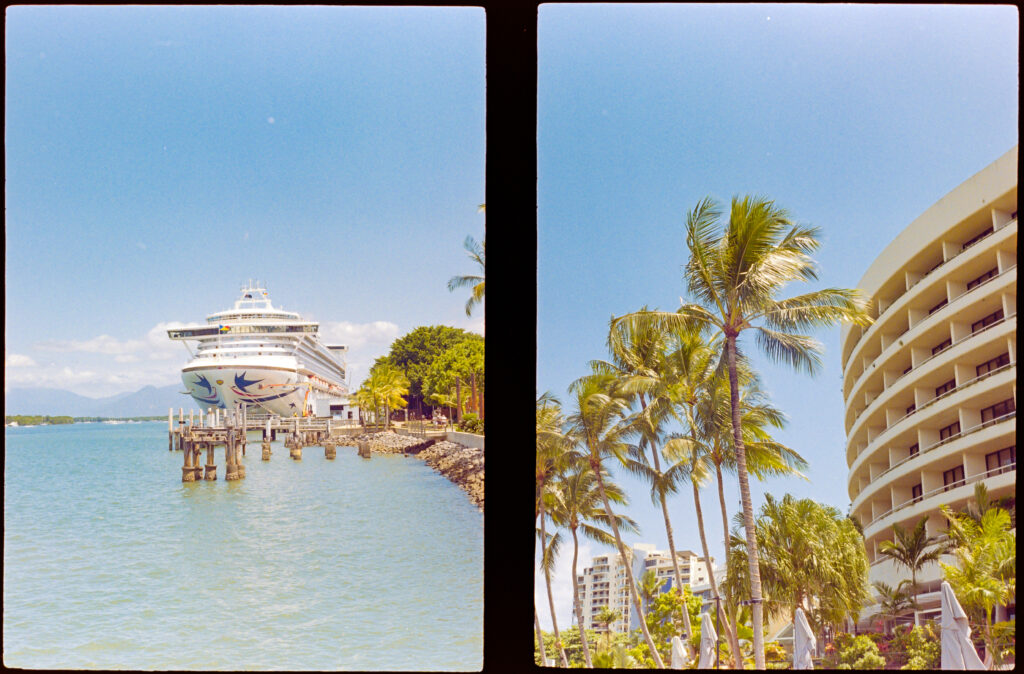
Produced from 1967 to 1972 the EED was the only EE model to have a CdS meter instead of selenium. Like its fellow fixed lens PEN models, it is scale/zone focus 0.8m to infinity with click stops at 0.8m, 1.2m and 3m and non click stops at 1m, 1.2m, 1.5m and 5m. There’s a self timer, rewind crank and ISO settings 12 – 400. The film advance is a thumb winder and frame counter auto resets to zero when you open the film back.
The EED is a blending of the EE automatic series with more expensive D series. The EED inherited the Zuiko 32mm f1.7 6 element 4 group lens of the PEN D3. It is in most respects an automatic exposure PEN D3. The all metal construction (430grams) feels solid and well made in hand and whilst it is slightly larger than others in the PEN lineup, its still a handy size and jacket pocket-able.
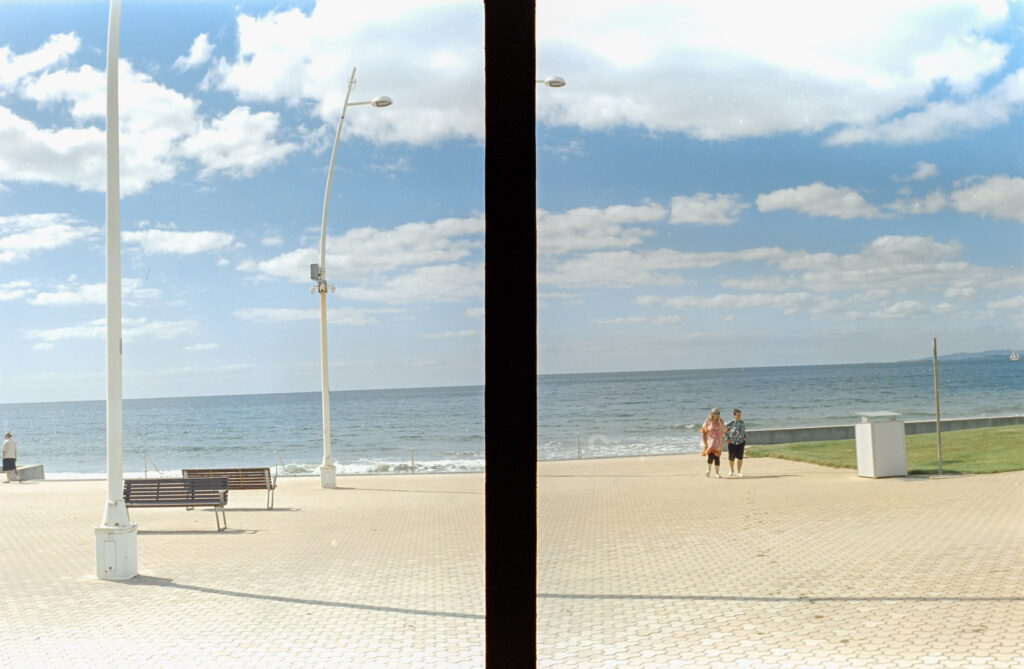
It is because of this very combination of fast sharp lens, accurate CdS meter and Auto exposure that makes the EED the fantastic camera it is to use.
Did someone say flash?
This is a seventies camera, so no TTL. But the biggest negative at play here is the 1/15sec flash sync speed. Still subjects only. I have used it at parties to get funky people blur, particularly if you ask your subject to stay still, let everything else continue on and the resulting frame can be rather cool – subject sharp in focus and everyone else blurred.
No need for expensive modern flashes if you do go flash. The Pen EED pairs up nicely with any of the small 60’s and 70’s electronic flashes. Even though the EED has a hot shoe you need to also use a PC sync cable.
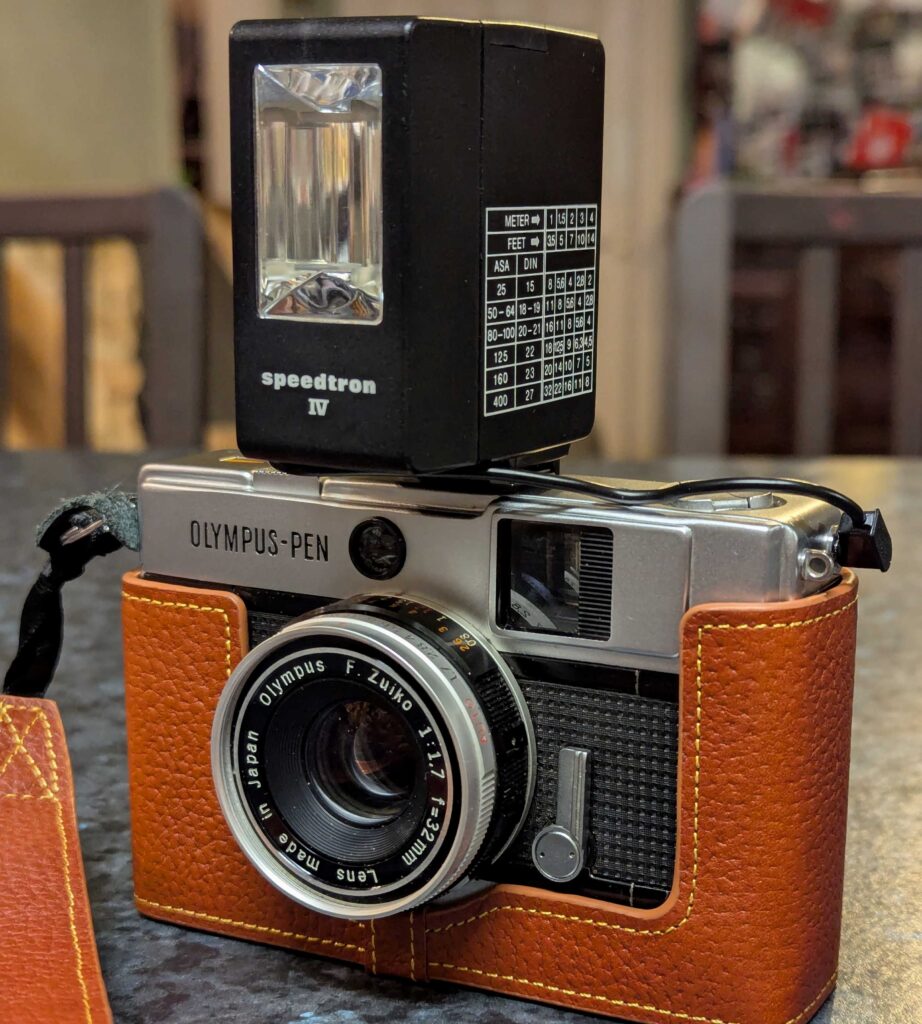
Flash photography isn’t hard if you practice. Pick up a cheap 70’s flash – Pre printed flash tables are brilliant!
Once attached, set your zone focus distance, then move the selector ring from auto to the required aperture for the distance and guide number (Remember G#/Dist = Fstop) and go shoot with flash. Yes its old school, but it doesn’t take long to understand, even better if you get an old school flash with a flash table on it (many flashes from the era do).
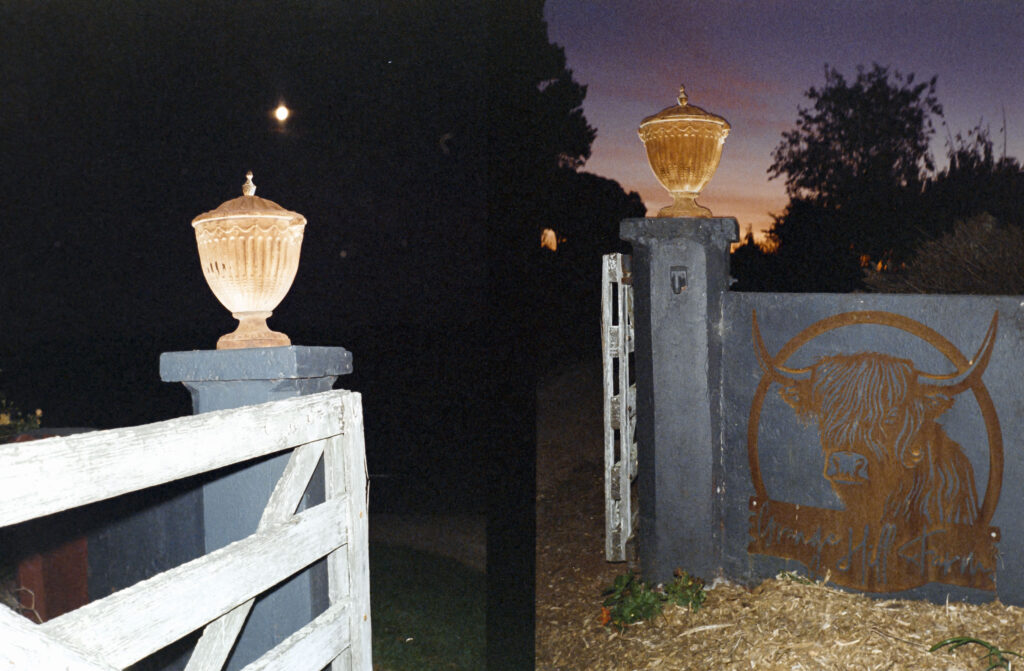
To me it is the best point and shoot camera I own. Its handles all that’s thrown at it – Picnic in the park, Day trip to Bonnie Doon, Cruise up the Queensland, Australia coast – no worries at.
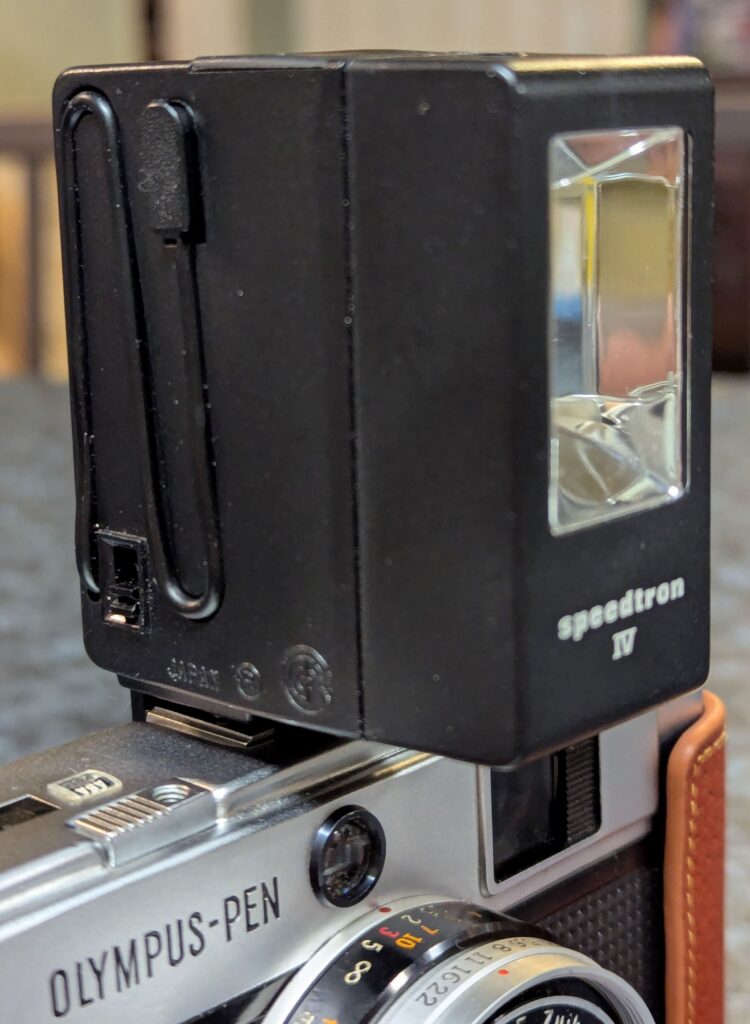
The Olympus Pen EED needs a PC Flash Sync cable for electronic flash – My Speedtron IV by Boots has an inbuilt PC Sync! Retro cool right there!

No camera is perfect. Sadly.
The Olympus PEN EED has some negatives that are by no means unique to it. Firstly the battery. Its no longer the sixties and we don’t mercury no more. Back in ‘67 when this bad boy went into production, like a plethora of cameras, this baby used the PX625 mercury 1.35v battery. Today we need to use alternatives.
Some people will tell you just use a LR44 and cheap brass MR-9 adapter for example. Please don’t. That’s a 1.5v battery and the cheap MR-9 adapters don’t do voltage reduction, they just mimic the PX625 shape. Your marvelous CdS meter will throw a leg out of bed and give wrong answers only. Only buy MR-9 adapters that are also voltage reducing (they have an in-bedded circuit that reduces the voltage) pop in a silver oxide 386 battery and you now have the required 1.35v.
Secondly they are all old. Even that last off the production line example is 53 years old in 2025. Buy the best example you can. Expect to replace the light seals, 53+ year old foam is going to be cactus.
Third is the 1/15sec Flash Sync speed – the one issue I’d change on this marvelous little camera.
Its my go to casual and fun film camera for gatherings and travel surprisingly, considering the range of cameras I am fortunate to own. Even paired with a mobile phone and digital camera the little Pen EED took the most shots on our cruise.
The Olympus PEN EED is small, yet has great build quality, is quick and easy to use with zone focus auto exposure, flash capable and minimum time spend loading film with those 72 shots out of a 36exp roll. It really is a winner. Oh and their as cheap or even cheaper than the other Olympus PEN D’s and EE’s. Same price or less for a better camera? Yes please!
Next time your in a discussion about half frame photography – don’t forget the little Pen EED! The little camera that can!
Share this post:
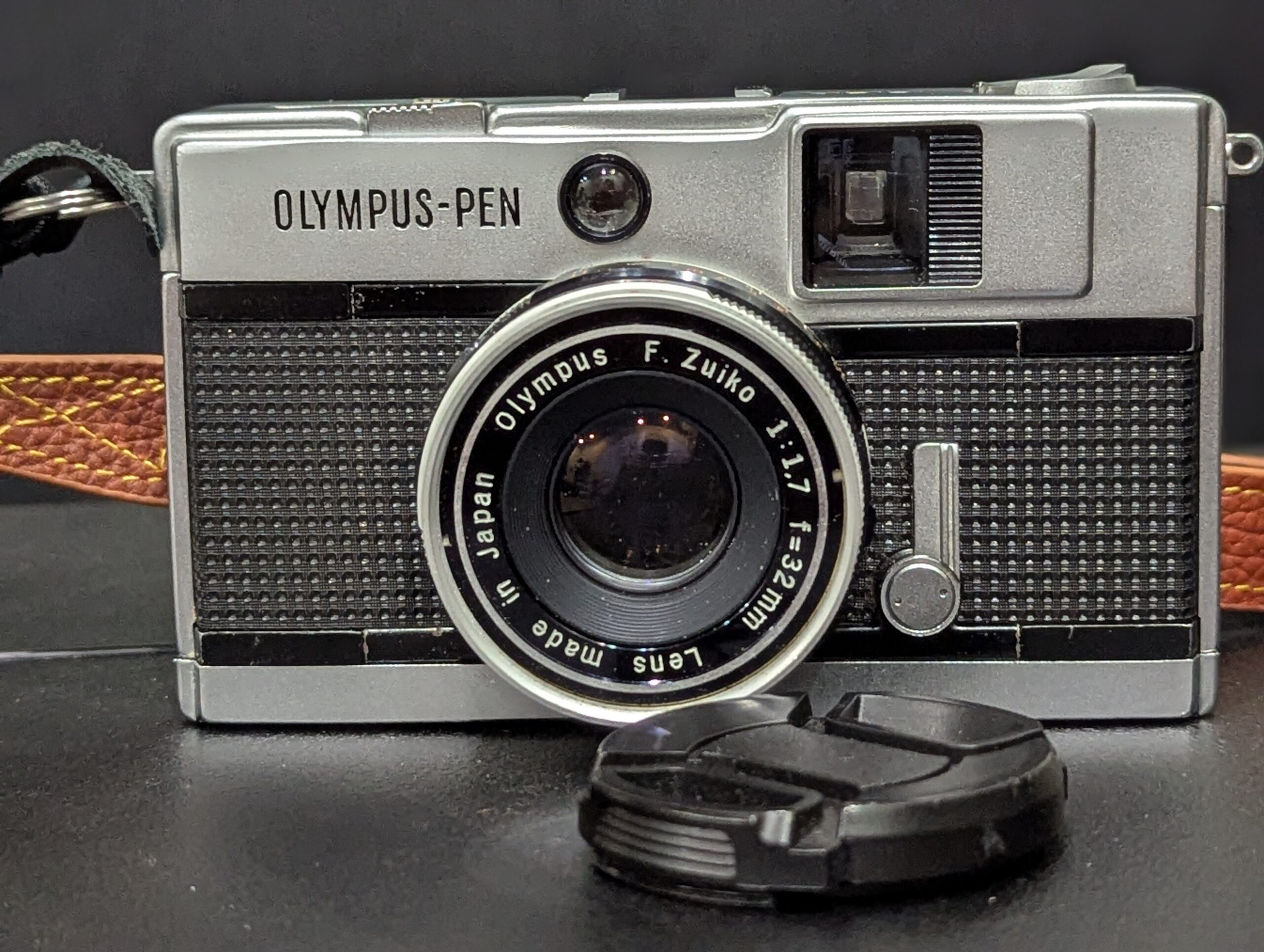
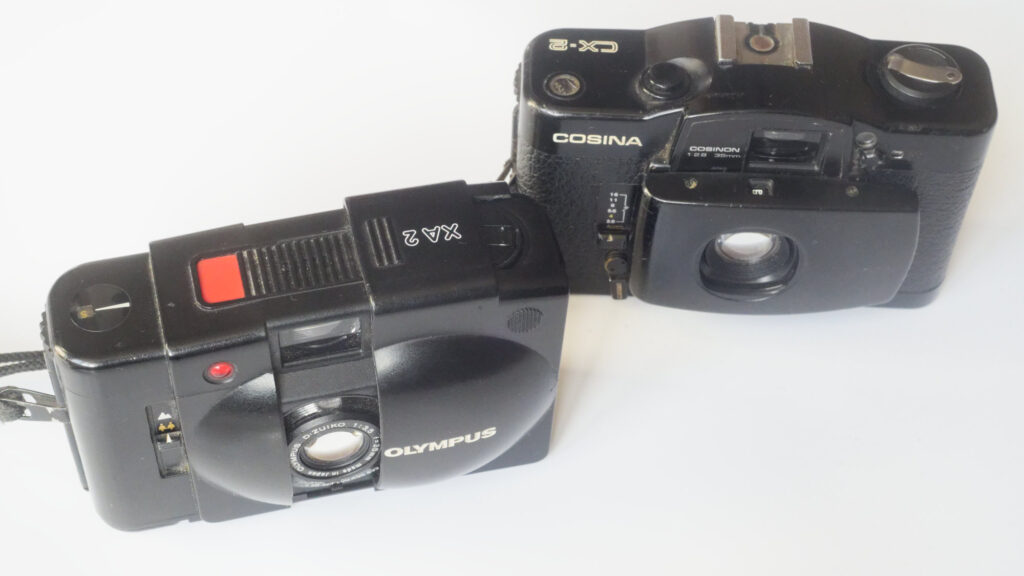


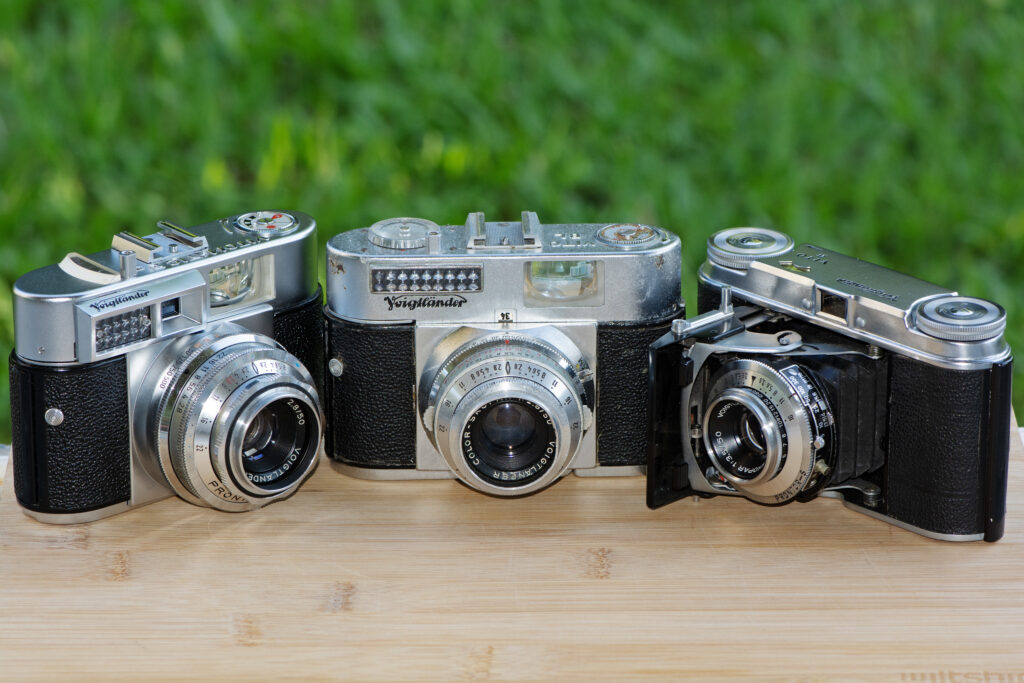

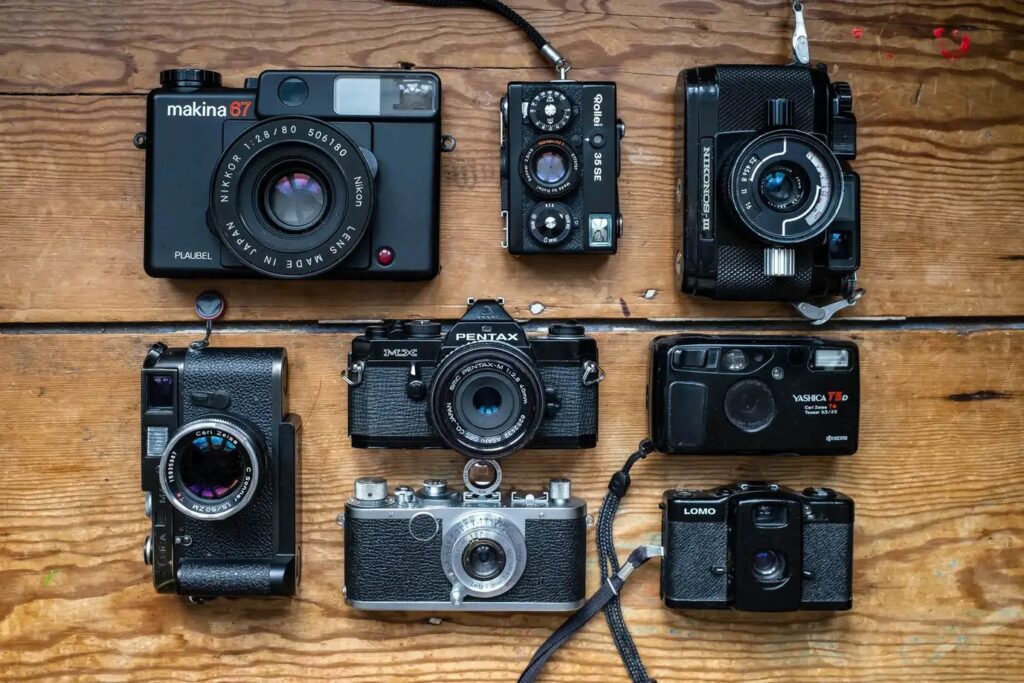
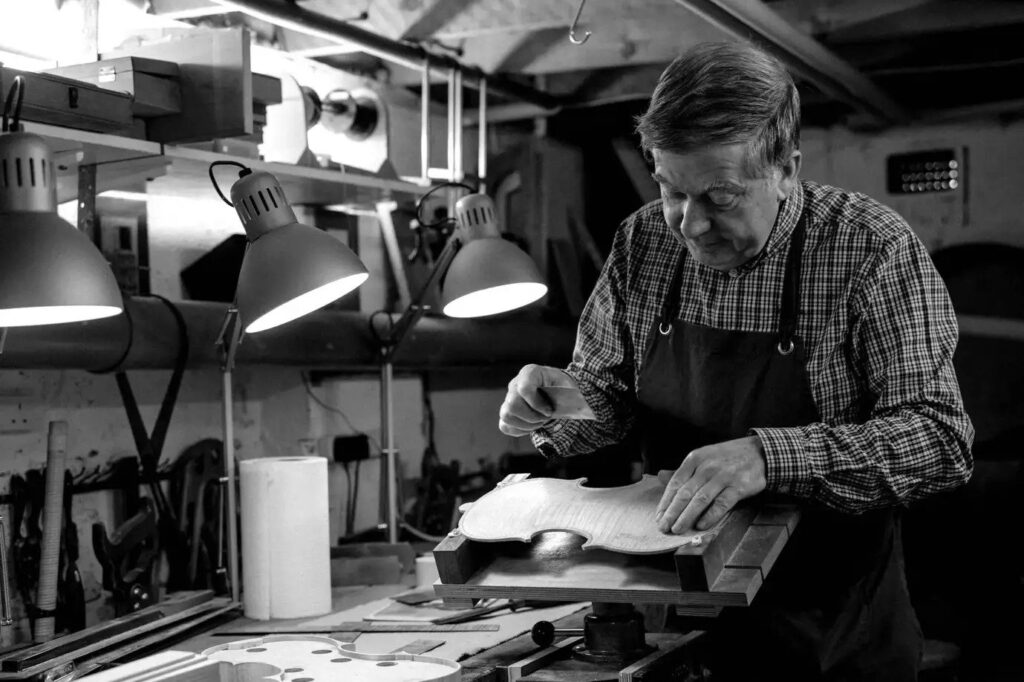
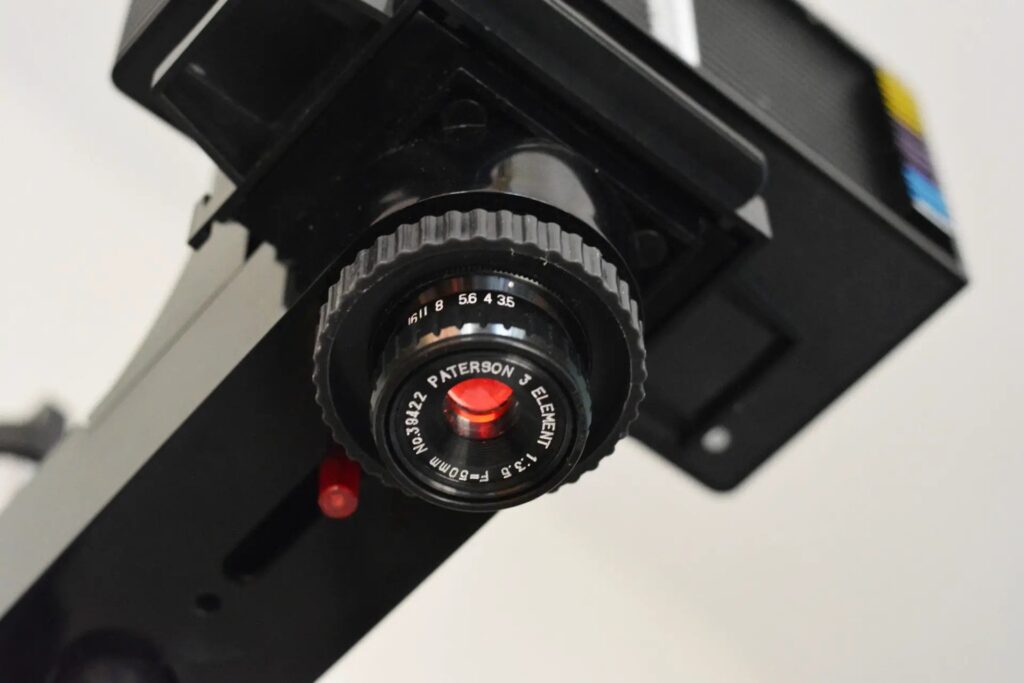
Comments
Russ Rosener on Olympus PEN EED – The Underrated PEN
Comment posted: 30/05/2025
You're on to something about those old, cheap "Brand X" electronic flashes from the 1970s and 80s. I used them often on my Zeiss Ikon rangefinder and Leica IIIf. The printed tables are simple and brilliant! I did note the one you're using has a cracked glass cover though. A small strip of frosted adhesive tape will both protect the flash tube and give you a more pleasant diffused light.
Awesome to see someone shooting with a vintage half frame Pen!
Comment posted: 30/05/2025
Dave Powell on Olympus PEN EED – The Underrated PEN
Comment posted: 31/05/2025
Comment posted: 31/05/2025
Joshua Alcock on Olympus PEN EED – The Underrated PEN
Comment posted: 01/06/2025
72 photos takes aaages to fill in casual use. especially as, you know, there are other cameras that need love.
i have started bulk rolling short cassettes for it.
Comment posted: 01/06/2025
Comment posted: 01/06/2025
Ibraar Hussain on Olympus PEN EED – The Underrated PEN
Comment posted: 01/06/2025
I’ve had two Pen F’s you’ve inspired me to want to try another but a scale focus
Rather than SLR
And also flash photography - the way you wrote that just makes me want to
Comment posted: 01/06/2025
Andrew Thompson on Olympus PEN EED – The Underrated PEN
Comment posted: 02/06/2025
My only half frame camera is a Yashica Samurai X3.0 which I’ve put several rolls through and always been happy with the results. However, it is a cumbersome device and maybe it could be traded in for a smaller half frame camera. You have set the ball rolling.
Comment posted: 02/06/2025